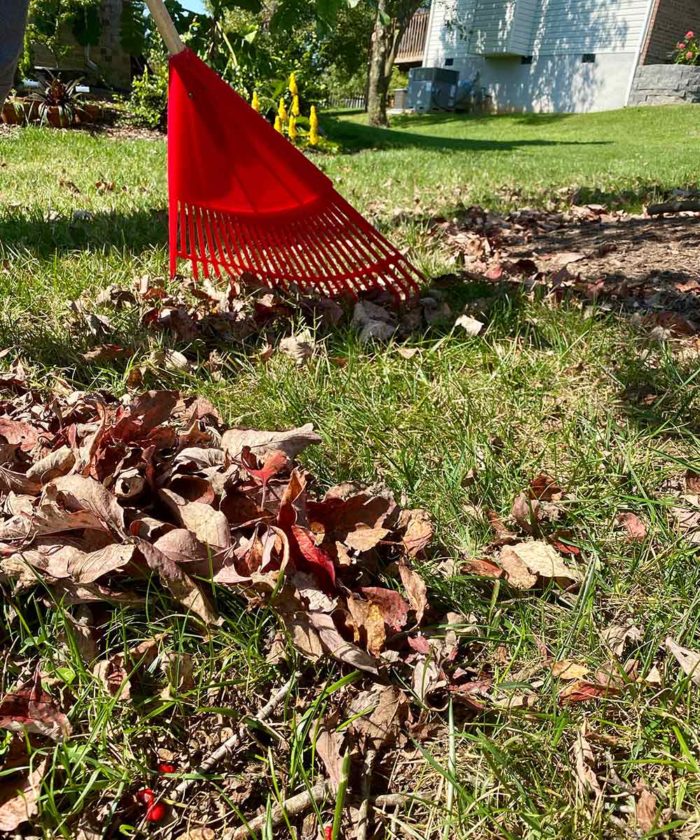
It may seem like November should be a sleepy month for gardeners. That is just not the case, as there is plenty to keep us busy. Our Southeastern region will still yield some mild days that will be perfect for working in the garden.
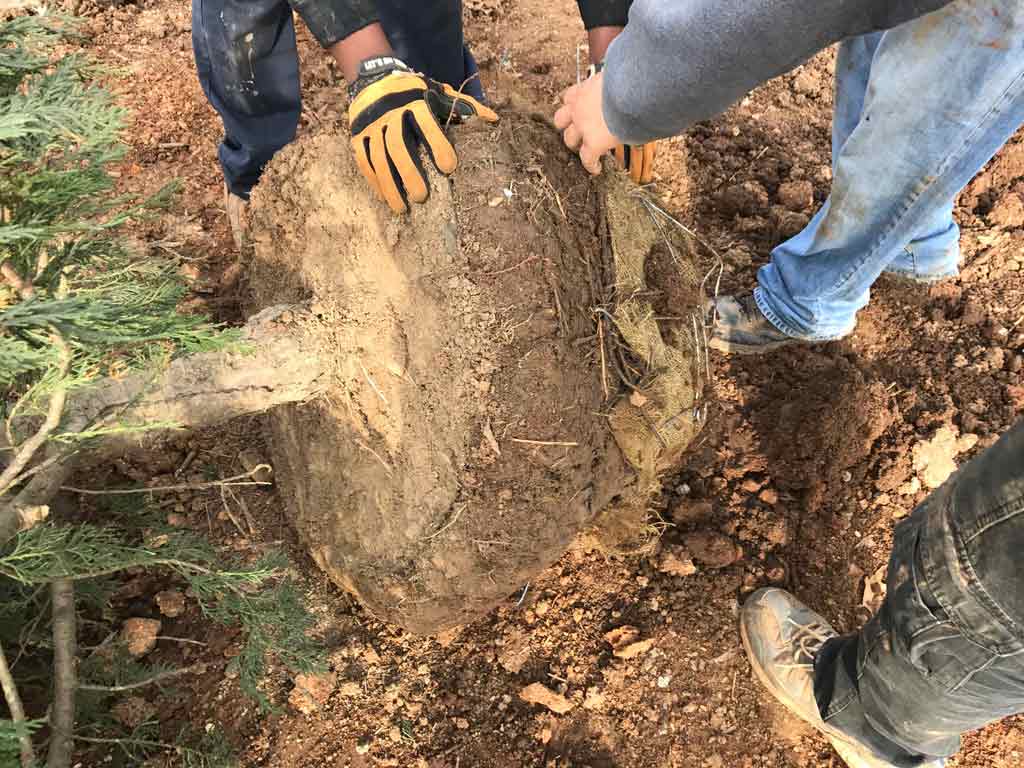
Plant trees and shrubs. Fall is generally the very best time to plant hardy trees and shrubs. Cooler weather allows for plants to be less stressed, and additional care after planting is drastically diminished. For many states in the Southeast, October can be a very dry month, and it’s not until later in November that rain picks up again. This is a wonderful window of time to get some plants in the ground. Check out an independent garden center in your area for a great selection of plants that are regionally adapted. If dry weather persists, don’t forget to check newly planted trees and shrubs for water needs.
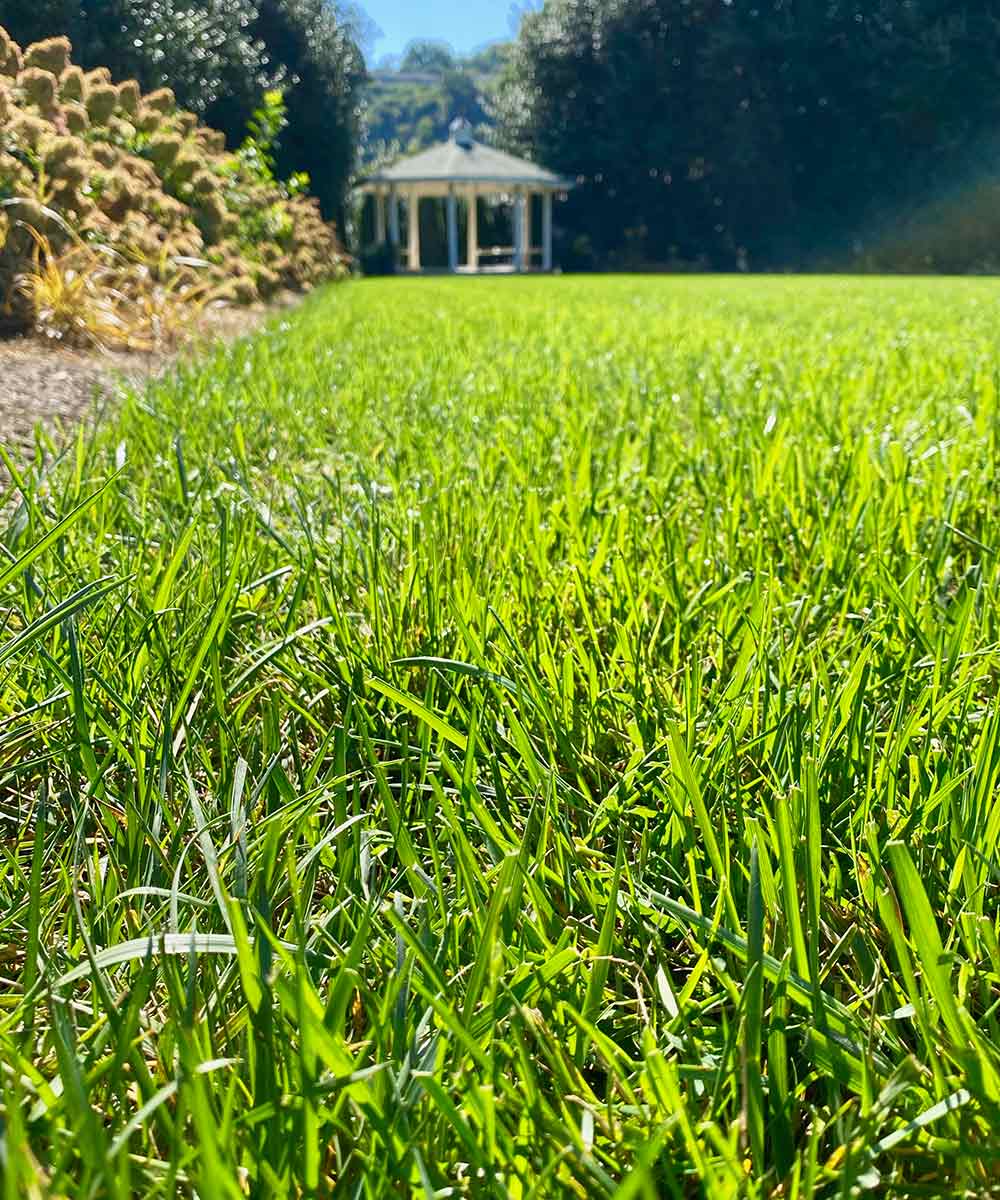
Fertilize cool-season lawns. In the transition zone of the Southeastern region, you will find a mix of both cool- and warm-season lawn grasses. If your lawn is comprised primarily of a cool-season grass like fescue, you still have a short window to put some fertilizer down. A soil test will best determine your fertilizer needs. However, in the absence of a soil test, use a complete turf-grade fertilizer with a 4-1-2 ratio, such as 16-4-8. Homeowners should apply between ½ and 1 pound of actual nitrogen per 1,000 square feet before the end of November. For more on caring for your lawn in fall, read on here.
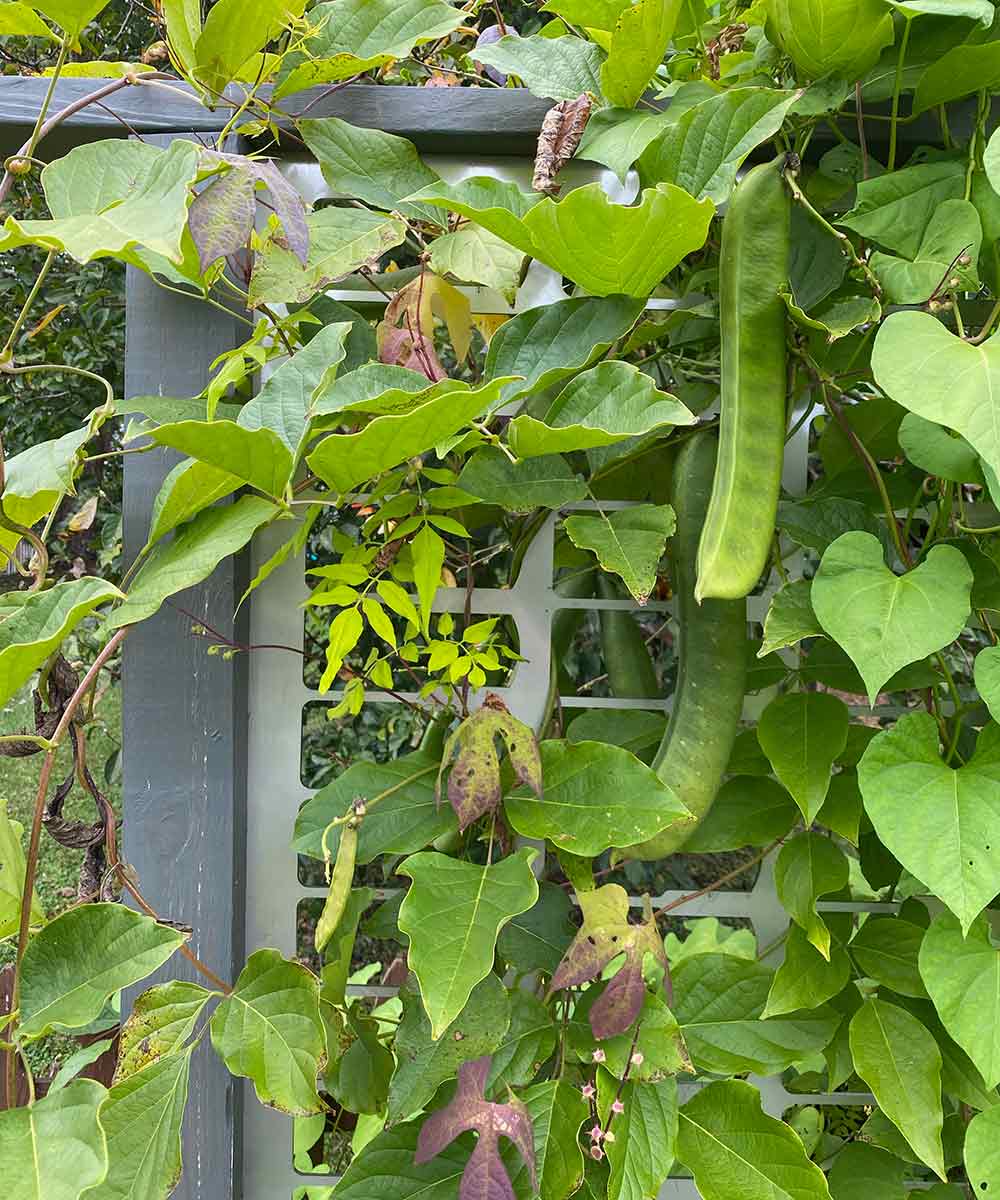
Remove annual vines. We can grow a variety of annual vines in the Southeast that bring wonderful summer color to the garden. Those, along with vining vegetables such as beans, have now faded. Before colder weather arrives, I like to remove and compost, or even trash, any of these plants. I find them much more difficult to remove during spring cleanup. If you grew a vine that you don’t want to self-seed next year, like morning glory (Ipomoea tricolor, Zones 10–11), removal now can help prevent the nuisance of volunteer seedlings next year.
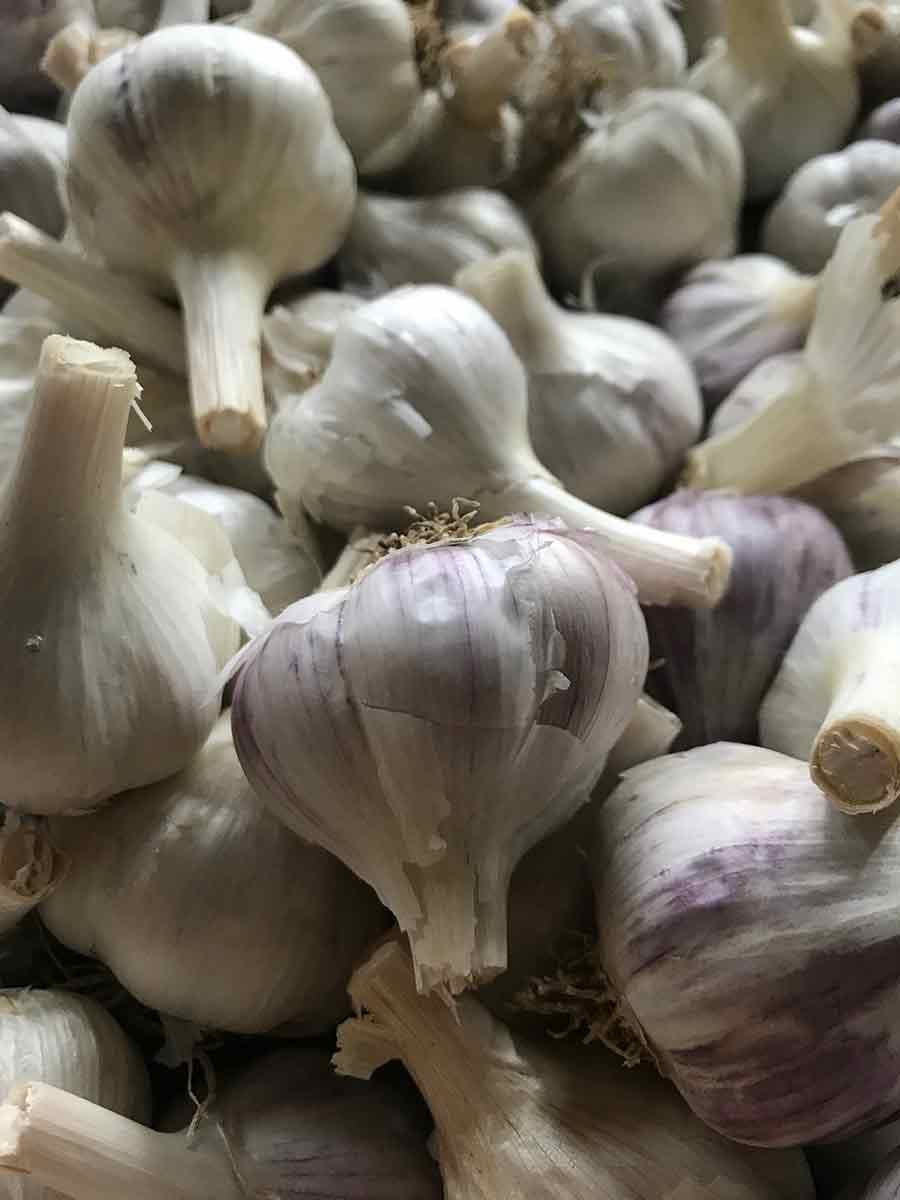
Plant garlic. The beginning of November is prime time for planting garlic. Speak with other gardeners or a local university-based county extension office to determine the best garlic variety for your location. It’s best not to plant garlic you purchase from the grocery store. Much of that garlic is grown in a vastly different climate and is not adapted to the Southeast. But with the right variety, garlic is truly one of the easiest plants you can grow. Just thumb-in individual cloves about 2 inches below the soil’s surface. Garlic has wonderful health benefits, and heads with seven to 14 new cloves will start to develop fully in April.

Get creative with leaves. Leaves don’t leave my garden! It is important for the sake of your lawn grasses to keep leaves from piling up there. You also don’t want large amounts of leaves to smother out tender herbaceous plants. That being said, I want to make sure all of the leaves produced by the trees near my house go to good use. I put some in my compost piles, and some I shred and use as mulch. For all applications of leaves as mulch, shredding your leaves first is generally best. I don’t have a leaf shredder, so I pile my leaves and run them over with my lawnmower. This is the one time a year that I use the bag attachment. I then simply move them around to where they can be best used in the garden.

Plant spring-flowering bulbs. If you have not done so already, there is still time (particularly at the beginning of the month) to plant spring-flowering bulbs. I tend to gravitate toward bulbs that perennialize well in the garden. Daffodils, snowdrops (Galanthus spp. and cvs., Zones 3–9), and Spanish bluebells (Hyacinthoides hispanica, Zones 3–8) are some of my favorites. If you are new to gardening in the Southeast, it is worthwhile to talk with experienced gardeners in your area and find out which bulb cultivars they feel are the longest lasting.
—Andy Pulte is a faculty member in the plant sciences department at the University of Tennessee.





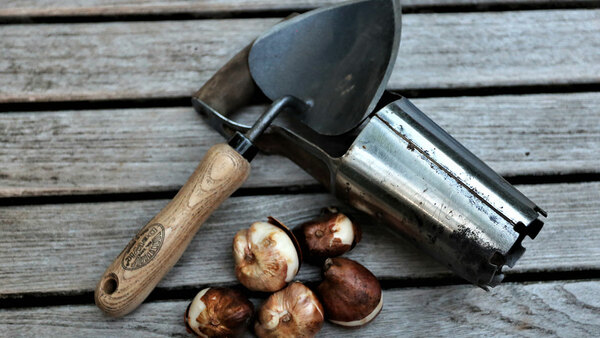












Comments
Log in or create an account to post a comment.
Sign up Log in